Fruits Photography
Strawberries are suitable for planting in the home garden because they bear fruit very quickly and require relatively little space. Each plant can produce up to a quarter of fruit during the first year of fruiting when grown in a mat row.June cultivars usually bear fruit during the second year of planting while perennial and day neutral cultivars bear fruit during the first year of planting. Twenty-five plants will usually produce enough strawberries for an average-sized family. More plants can be ordered and planted as strawberry plants are relatively cheap. Excess berries can be turned into jams or jellies. They can also be frozen for future use.A strawberry plant does not bear fruit forever. Strawberry production generally declines during the second and third year of fruiting.Therefore, a new strawberry plant should be planted after three to four years of fruiting for maximum yield each year. A strawberry bed also needs to be renovated after three years of fruiting to stay productive for a year or two more. Strawberry plants produce attractive fruit with great flavor. Strawberries are high in vitamin C and are versatile as a dessert. Most strawberry cultivars are suitable for freezing and processing as well as fresh consumption. Many people enjoy eating fresh fruit. Strawberries are also great for jams, jellies and pies. Freshly sliced and sugared strawberries are best served alone or chilled over shortcake or ice cream. In addition, strawberries contain many antioxidants, which have anti-cancer properties. Strawberry plants can be divided into three types, June bearing, ever bearing and day neutral. Juniper plants are bred to produce a full crop in the season after planting. In Ohio, the ripening season for June strawberry crops is from late May to late June. Evergreen crops are capable of producing a crop in the year of planting and may produce two small crops, one in late spring and one in early fall. Day-neutral plants are capable of producing fruit during most of the growing season. June varieties are the most popular for home garden and commercial use and are worth waiting for because of their high yield, excellent taste and quality. No one can tell by looking at a plant whether it is a deciduous, evergreen or day neutral variety. Therefore, when shopping for plants, it is important to specify which variety is desired. It's definitely a good idea to plant both varieties to get first-year fruit production from day-neutral strawberries, and to get high yield and quality from June-bearing strawberries. A significant portion of the plants should be of the June-yielding variety, while the other two varieties can extend the harvest season.Strawberry plants need full sun for maximum yield and best quality.They will grow and produce crops in different types of soil.However, the best results are obtained when plants are grown in loose, fertile soils with a high organic matter content.The soil should be slightly acidic with a pH of 5.8 to 6.5. If soil acidity or fertility limits are not known, it is recommended that a soil sample be taken and tested.Request special tests for organic matter and boron.Lime and fertilizer should be added to the soil according to the soil test results.
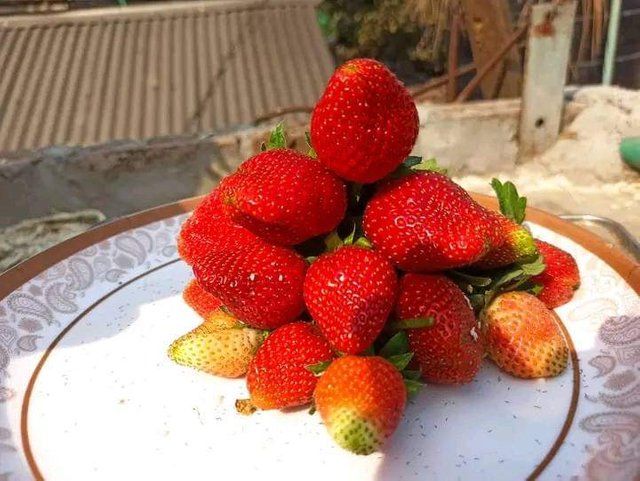
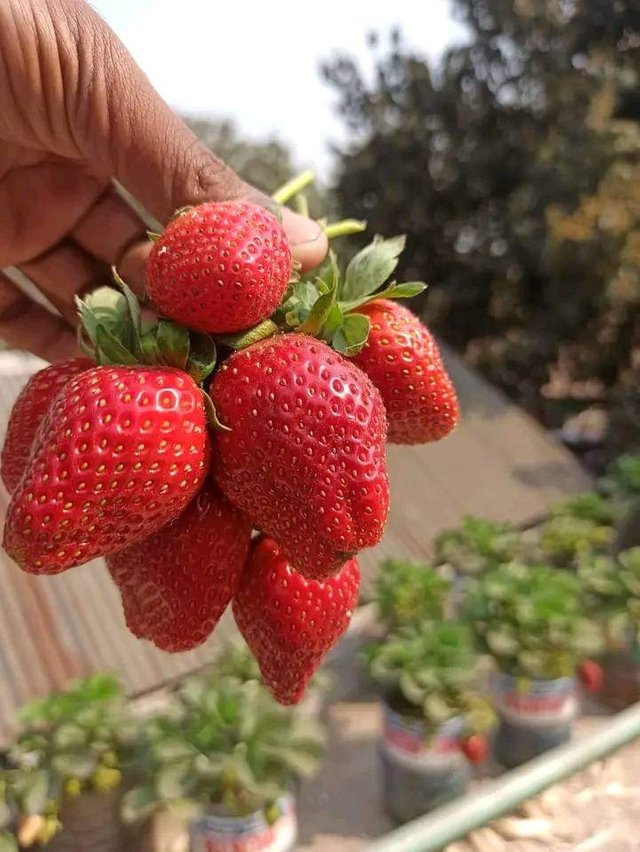
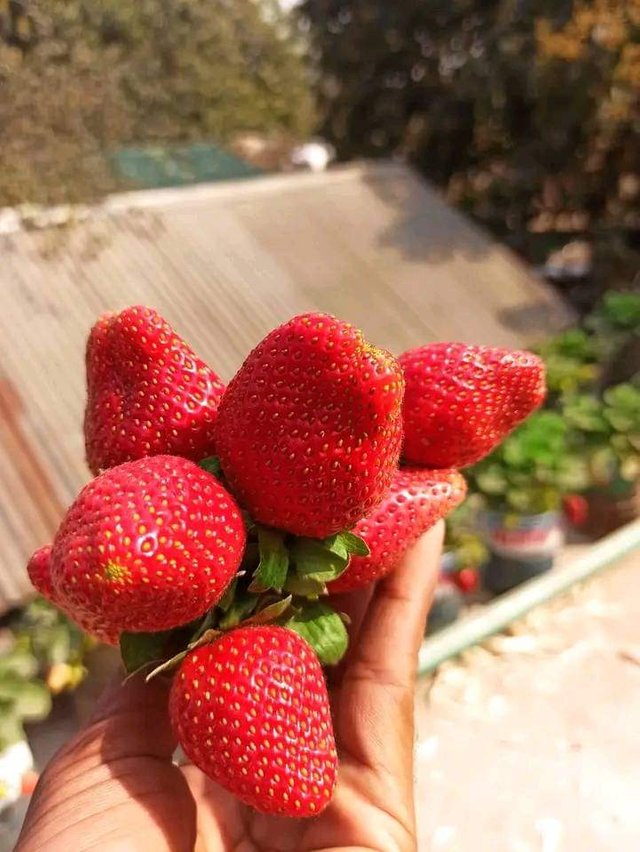
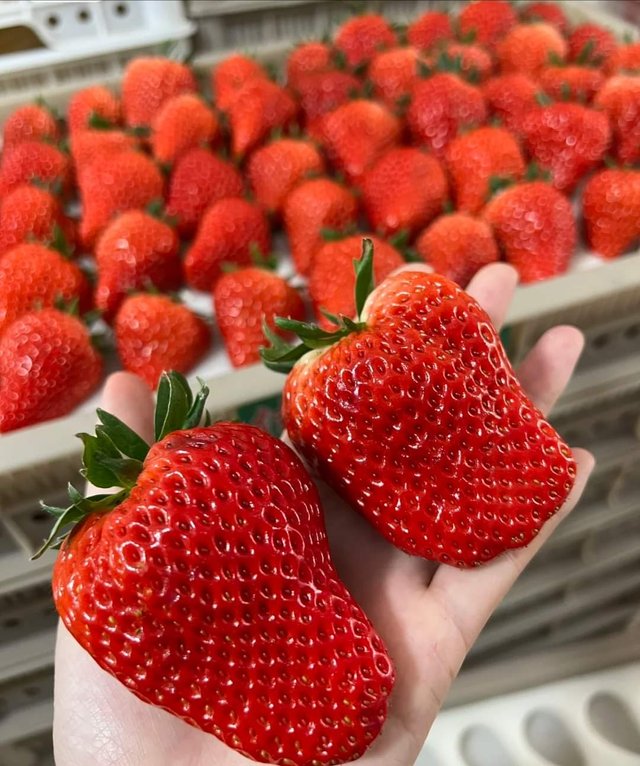
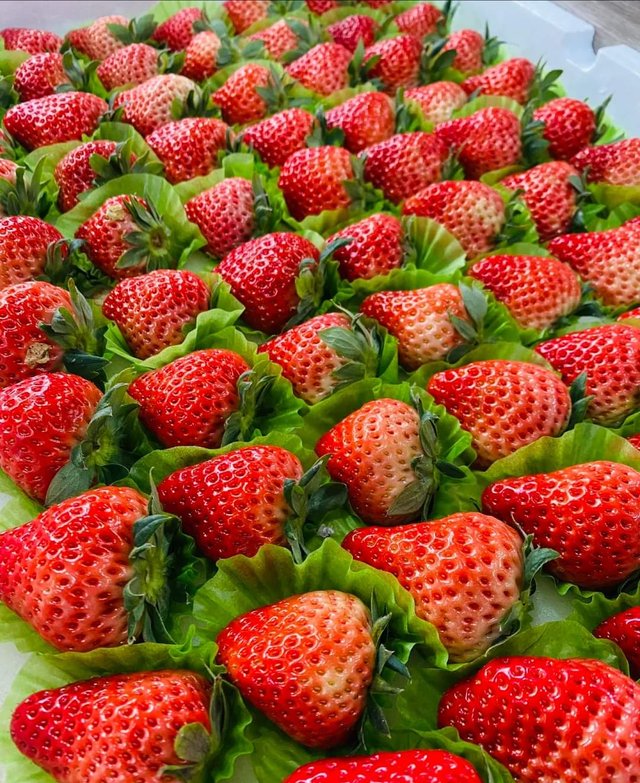
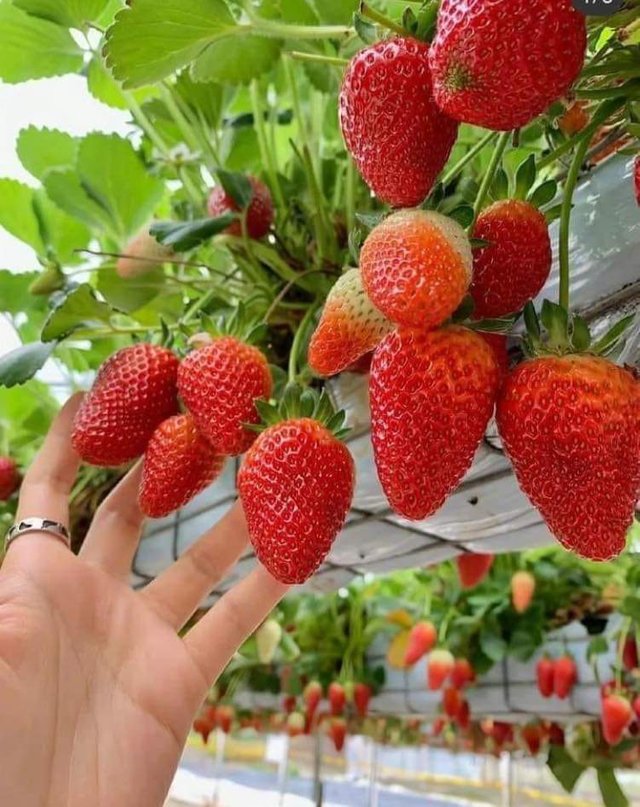
Regards
@ali807
|